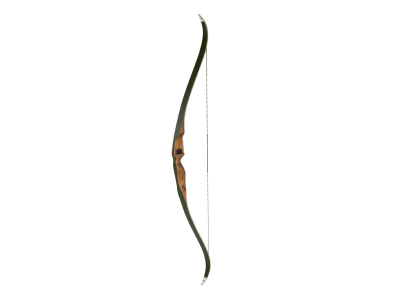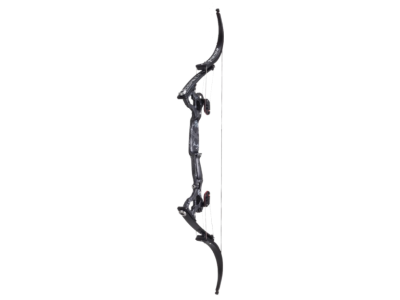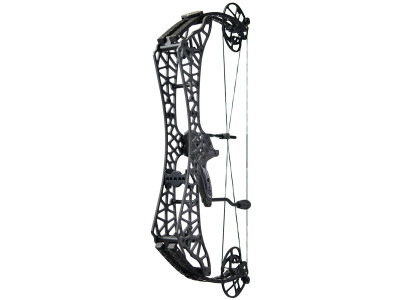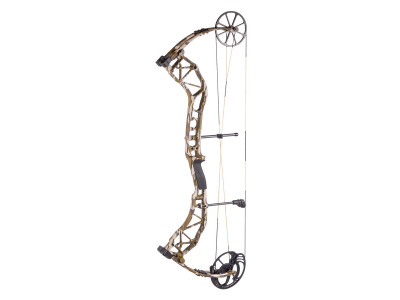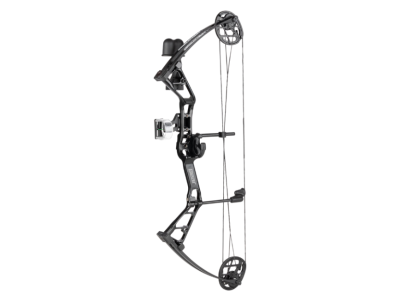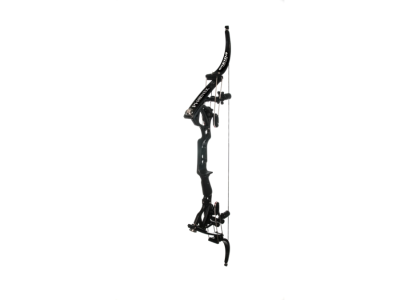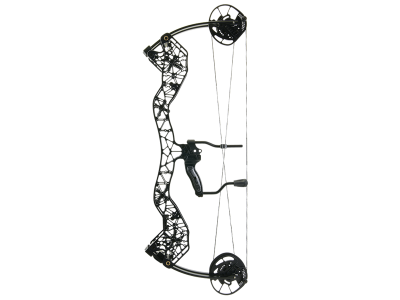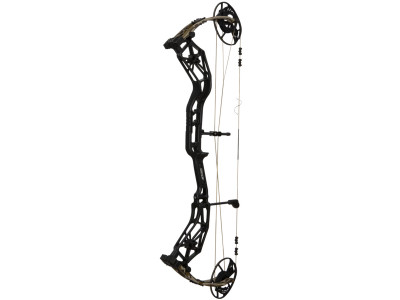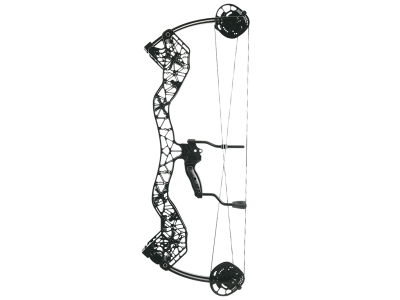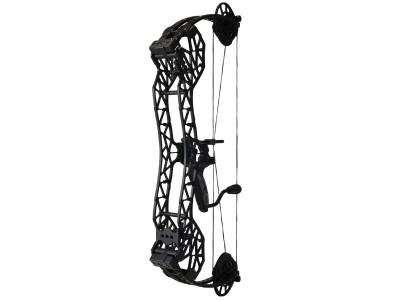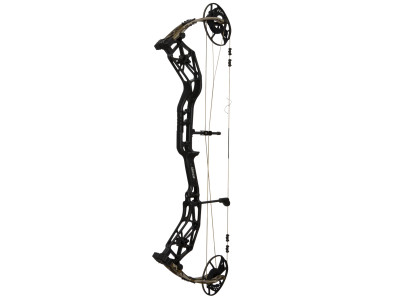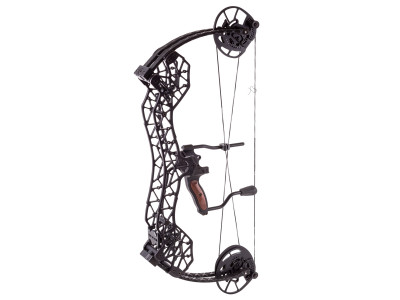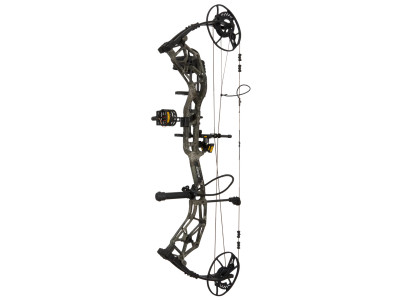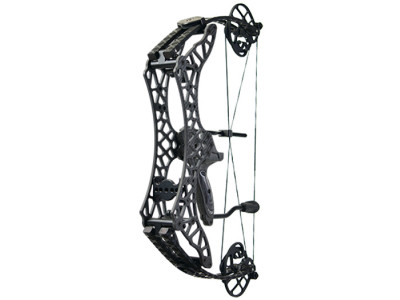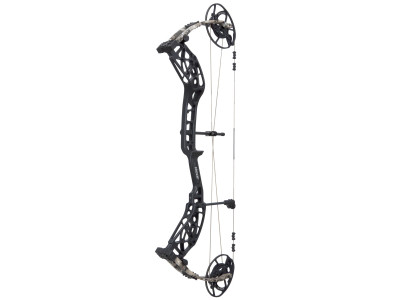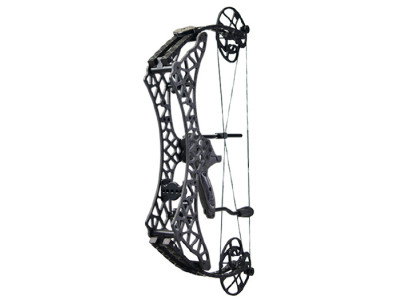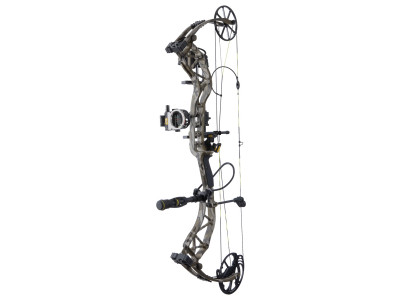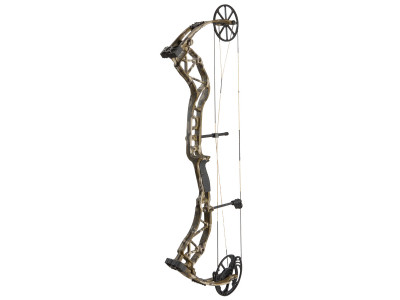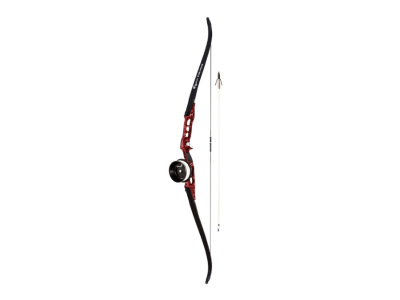Page 3 of 5 - Bows
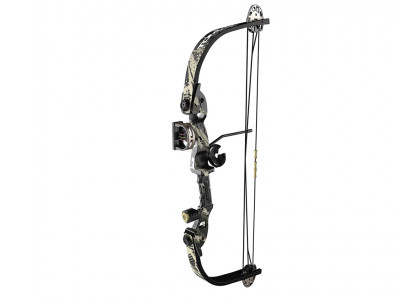
Barnett Tomcat
$79.99
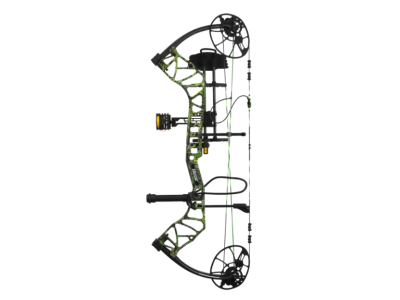
Bear Legend XR
$459.99
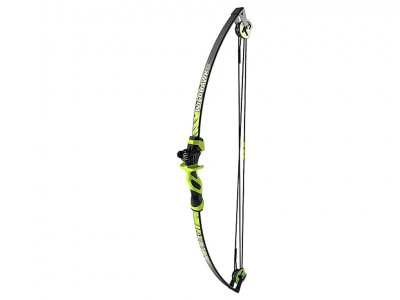
Barnett Wildhawk
$39.99
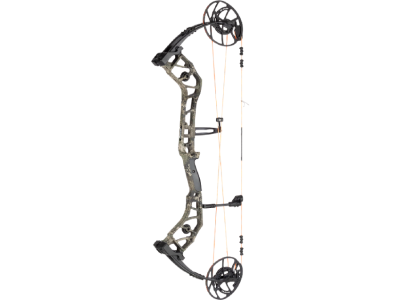
Bear Escalate EKO
$750.00

PSE Oryx Long Bow Bow
$279.99
What is a Bow?
A bow is a precision tool for shooting arrows. It is built to match the user's strength, size, and purpose. Today's bows blend traditional designs with modern materials to enhance accuracy and efficiency.
Bows aren't just for sport; they are also trusted hunting tools. Hunters trust them for quiet, ethical, close-range effectiveness. While some models focus on simplicity, others offer customizability for people who want to fine-tune their setup for peak performance.
How Do Bows Work?
The idea of how bows work is simple: pull the string, store energy, and release it to launch an arrow. But the mechanics behind that process depend on the bow style.
All bows are powered by tension. When the string is drawn, the limbs flex and store potential energy. Letting go of the string unleashes that energy in a burst, propelling the arrow forward. The speed and force of the shot depend on factors like draw weight, limb design, and overall bow construction.
Modern compound bows use engineered cams to create a mechanical advantage. This lets the archer hold full draw with less effort and shoot with more power. Traditional bows, such as recurves or longbows, rely on limb strength and shooter form, making them more demanding, but also more intuitive over time. Mastering bow skills takes control, consistency, and being familiar with your gear. All of that takes time and practice.
Many hunters are looking to purchase their first archery bow, which can be intimidating. But you can choose the right bow for your hunting style and body type with a bit of background information. Understanding the three major styles of bows can help.
Compound vs Recurve Bows
Compound bows typically cost more but are easier to use than recurve or long bows because they use a pulley system that stores energy during the draw process. That stored energy also increases the power and range these bows can shoot.
The pully systems also create less vibration, making them ideal for beginners. Some compound bows can fire an arrow at speeds exceeding 300 feet per second. The draw weight of these bows ranges between 10 to 70 pounds, with up to 80 percent letoff. The most popular compound bows are made for taking big game like deer and elk, but there are less powerful models that work well for smaller game, such as birds and rabbits.
Recurve bows have been used since ancient times, but are still in use today. They are long and have a string attached to the two curved ends. The draw force required to use a recurve bow is higher than other types of bows, which means the shots are more powerful. It also takes longer to perfect the shooting techniques of recurve bows, so lots of practice is required. But with fewer moving parts, recurve bows are less likely to fail during a shooting session.
For many archers, a long bow is still a popular choice. It's easy to get started and there are no extra parts to worry about. The best thing about the long bow is its simplicity. With the right training, your arrows will fly fast and true. Simply draw, aim, and shoot.
Different styles of bows cater to different needs. Compound bows are great for those just starting out, while experts may find them too basic. Recurve bows may suit smaller frames better than larger ones. Longbows might be perfect for experienced hunters looking for something light and silent. No matter what kind of hunter you are there is a bow for you.
